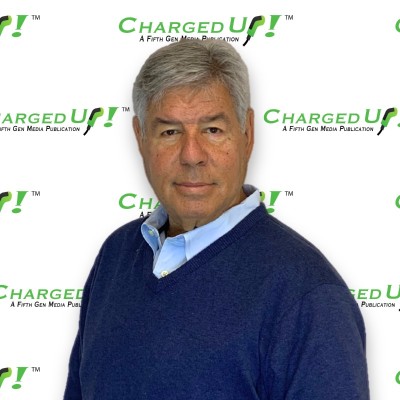Hotels Are Making EV Charging a Core Amenity—What CRE Owners Can Learn from Kinseth’s Portfolio Play
- Rich Berliner

- 5 hours ago
- 3 min read
Hospitality’s EV moment is here: a new partnership model, clearer ROI, and a playbook owners can copy across asset types.

When a hotel company moves from “we should have a charger” to “standardize charging across the portfolio,” that’s a signal to the broader CRE market. Kinseth Hospitality Companies’ new partnership with TurnOnGreen does exactly that—pairing a management/ownership platform with a turnkey charging provider to roll out networked EV infrastructure at scale. The stated aims are textbook hospitality levers: meet guest expectations, accelerate booking conversion, and elevate brand standards. The implications extend well beyond hotels: this is how EV charging becomes core infrastructure across CRE.
From nice-to-have to table stakes
CRE veterans have seen this movie before: Wi-Fi, fitness centers, package lockers. EV charging is following the same adoption arc—first as a differentiator, then a requirement in competitive submarkets. Industry groups like NAIOP have been clear: charging supports tenant attraction/retention, improves ESG scores, and creates new revenue options. Owners that systematize now will be better positioned as adoption rises and local ordinances tighten.
Hospitality is a natural proving ground. Most guests park overnight, making Level 2 (7–19 kW) the right-speed amenity for a full recharge by morning. Turnkey partners can bundle assessment, design, networking, and 24/7 driver support—exactly the services that keep hotel teams focused on RevPAR, not chargers. Kinseth’s approach reflects that logic.
Why investors should care
Revenue and asset value. Charging can stand on its own P&L (pay-per-use, parking premiums), but the bigger lift often comes from occupancy and rate. Research and brokerage analysis point to charging as a value-add that can increase asset competitiveness—and, in some cases, appraised value.
ESG credibility. Few amenities are as visible in sustainability narratives as EVSE. Networked stations generate usable data for emissions reporting and can help with certifications that influence capital costs and tenant demand.
Regulatory alignment. Even if your sites aren’t using federal dollars, NEVI’s baseline—clear pricing, open data, and contactless payments—has become the market standard for public-facing chargers. Building to that spec reduces retrofit risk and widens partnership options.
The operator’s playbook (learn from hospitality)
Standardize upfront. Issue a portfolio spec that covers charging speeds by use case (L2 for overnight; DCFC only where dwell is short and power capacity supports it), connector types, uptime SLAs, and service response windows. Kinseth’s move to standardize hardware, software, and service is the model here.
Make pricing obvious. Post kWh rates, session fees, and idle fees at the unit and in your apps. Consistency across physical and digital touchpoints reduces disputes and call-center costs—and aligns with emerging norms.
Design for the guest, not the gadget. Prioritize well-lit stalls near entrances—not back-lot “utility corners.” Use high-contrast screens readable in sunlight, a simple three-step start flow, and universal tap-to-pay with QR backup. Those choices convert first-time users and support better reviews.
Treat O&M as mission-critical. Uptime sells rooms and keeps tenants happy. Require transparent uptime reporting (per site, not just network-wide), spare-parts logistics, and on-the-ground maintenance coverage within defined SLAs. Turnkey partners can shoulder this; make it contractual.
Use the data. Networked stations reveal load profiles and dwell patterns. Feed those insights into TOU-based pricing, offer design (e.g., late check-out + charging bundles), and future capacity planning—especially as EV share climbs among business travelers and employees.
Picking your model: control vs. simplicity
Owners can choose among land-lease/site-host, partnership, Charging-as-a-Service, or full owner-operator. Hospitality often favors turnkey or CaaS to control guest experience without building an internal charging team; mixed-use and retail may layer rev-share on top. The decision hinges on cost of capital, tolerance for operational risk, and how strategically important charging is to your leasing story.
Bottom line
Kinseth x TurnOnGreen is more than a hospitality headline—it’s a blueprint. For CRE leaders, the path forward is to standardize, operationalize, and communicate: build to recognized specs, lock in service performance, and make pricing and wayfinding as clear as your Wi-Fi network name. Do that, and EV charging stops being a box to check and starts working like what it really is: core infrastructure that protects asset value and grows revenue across your portfolio.






Comments